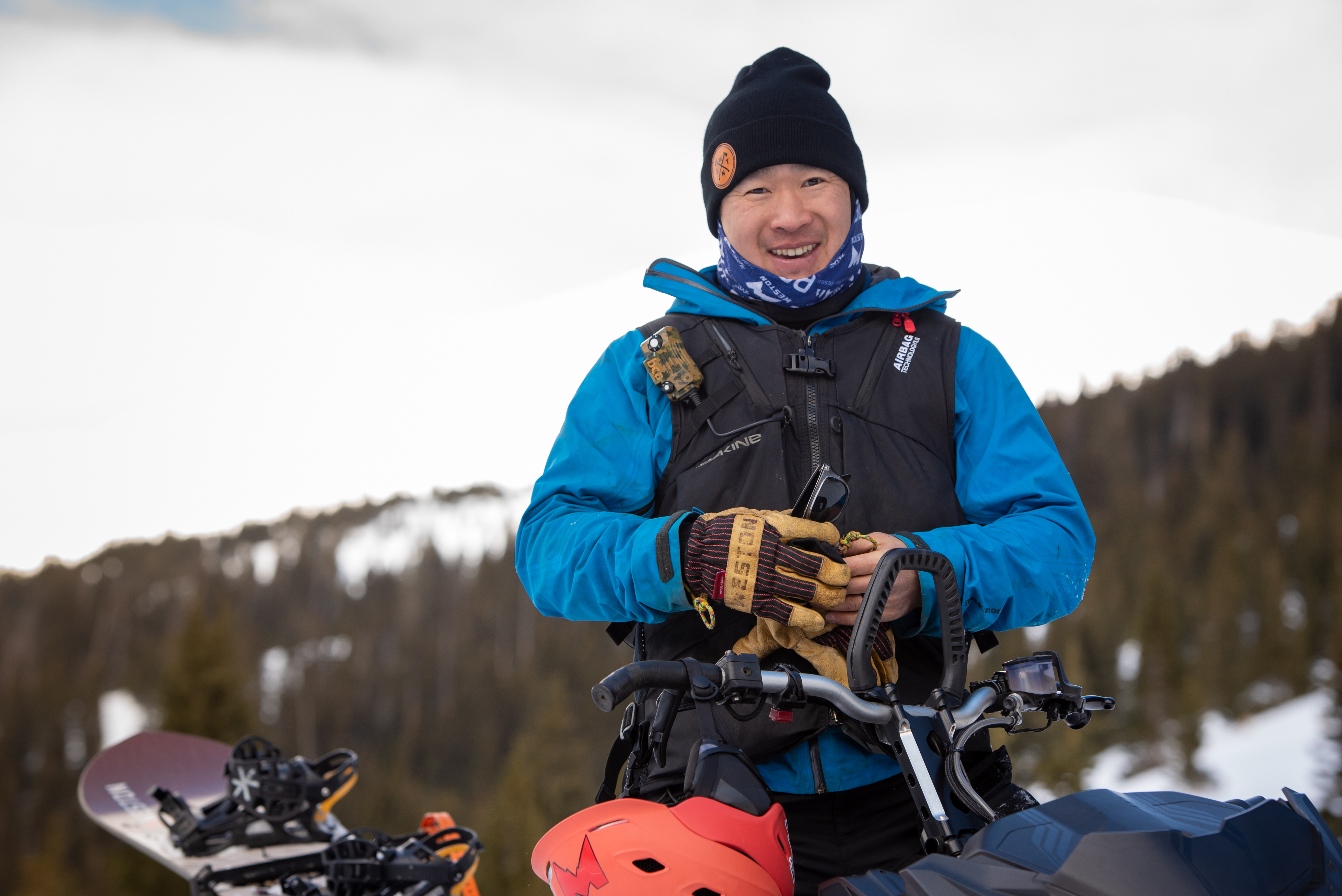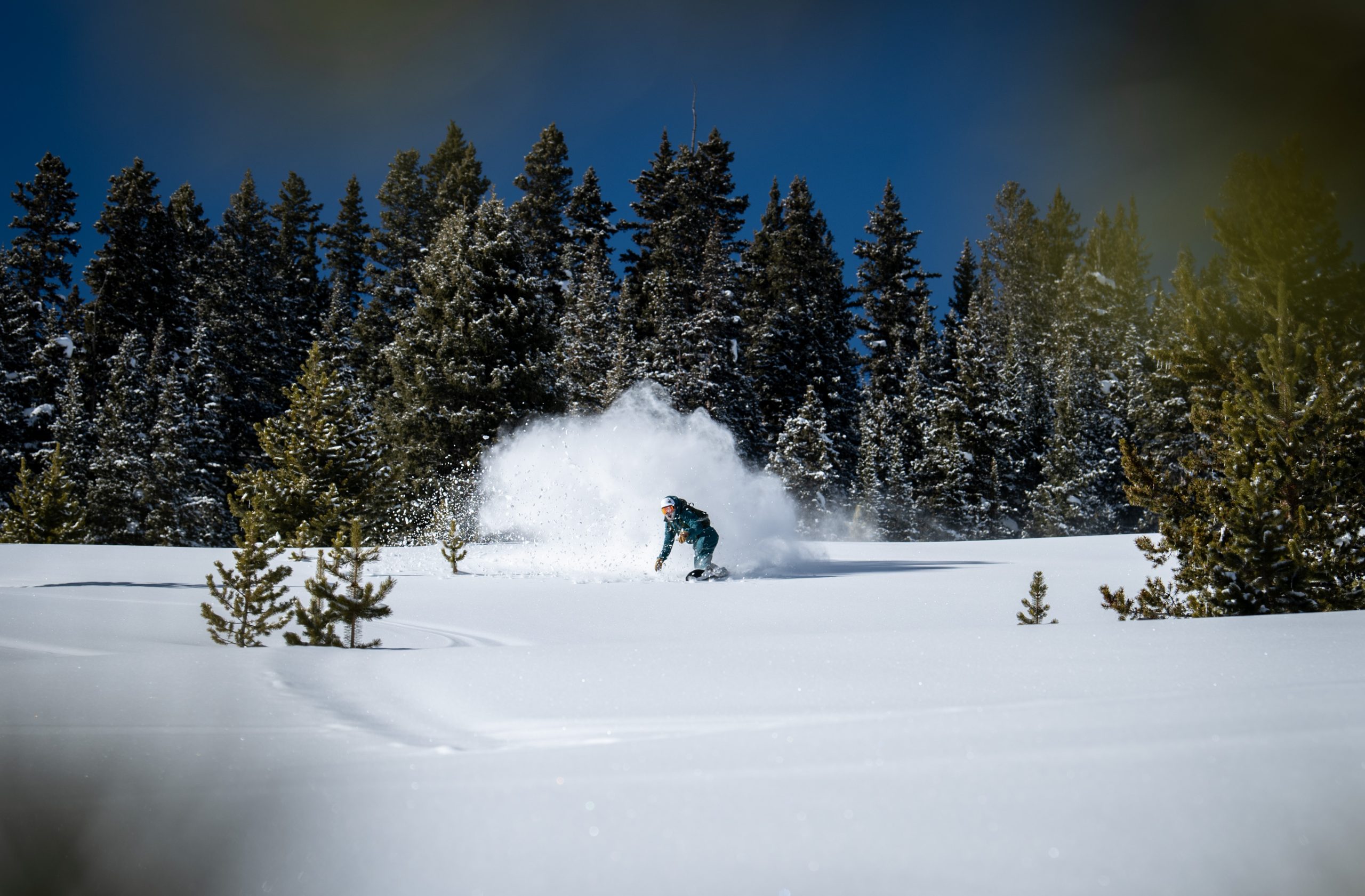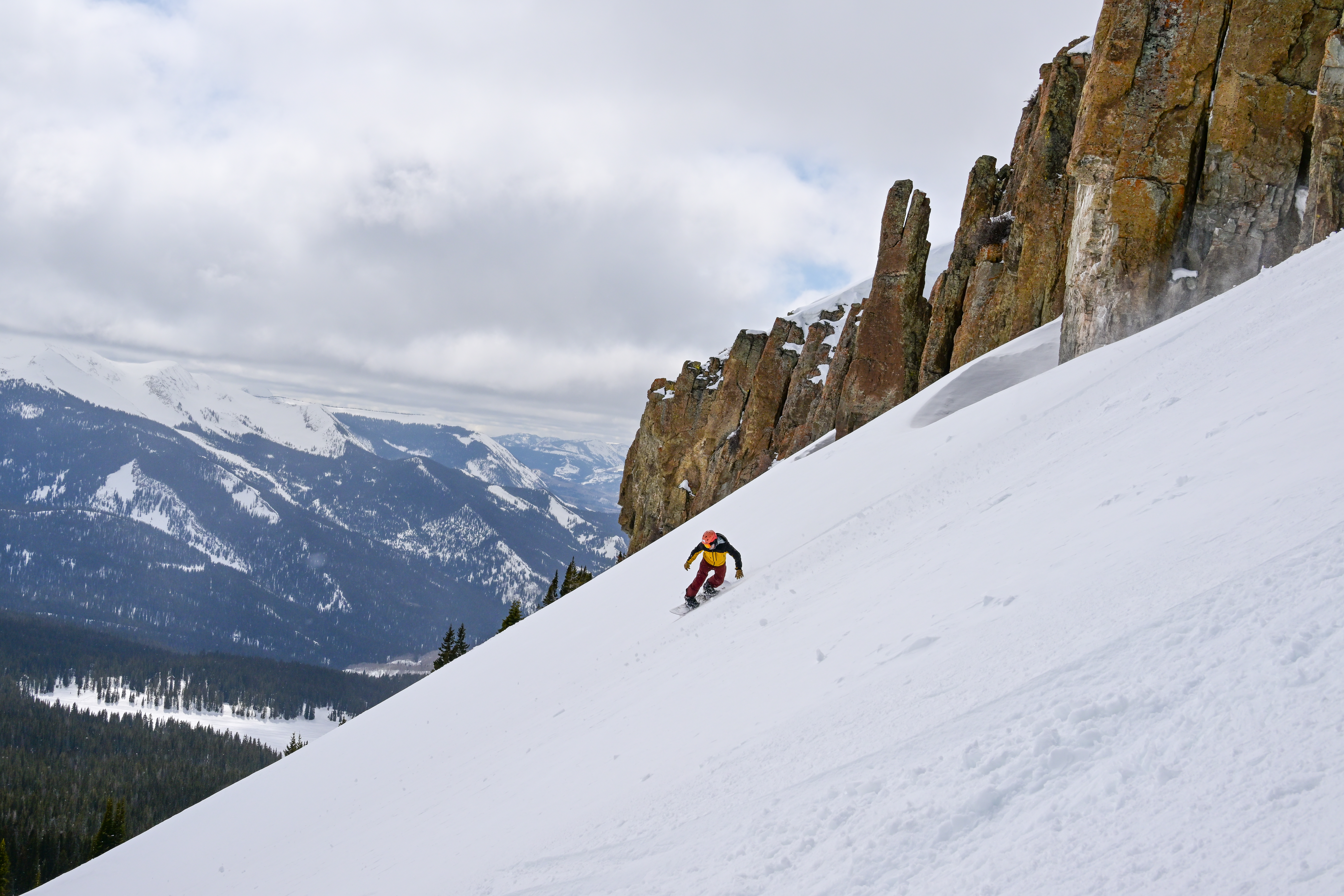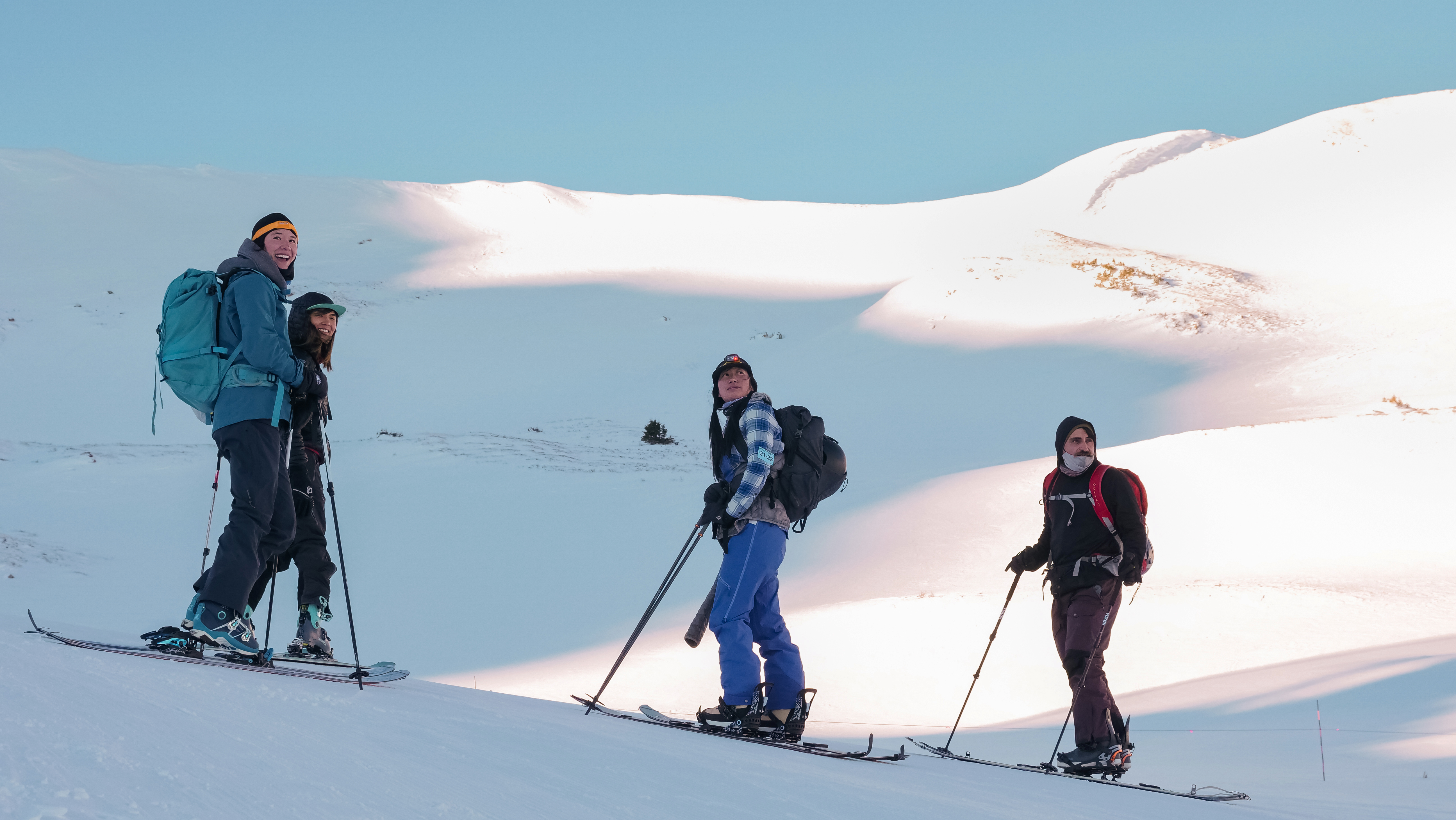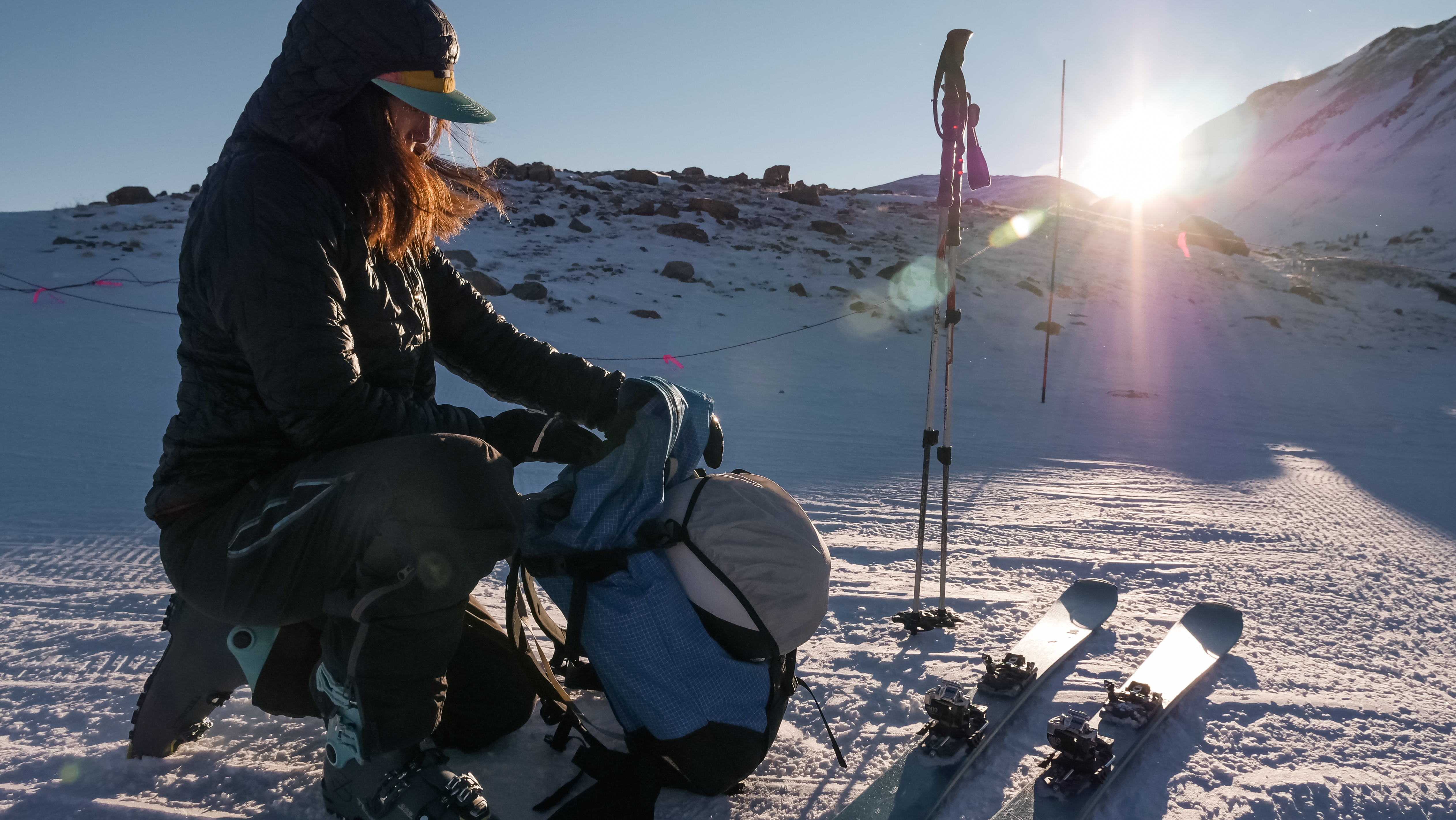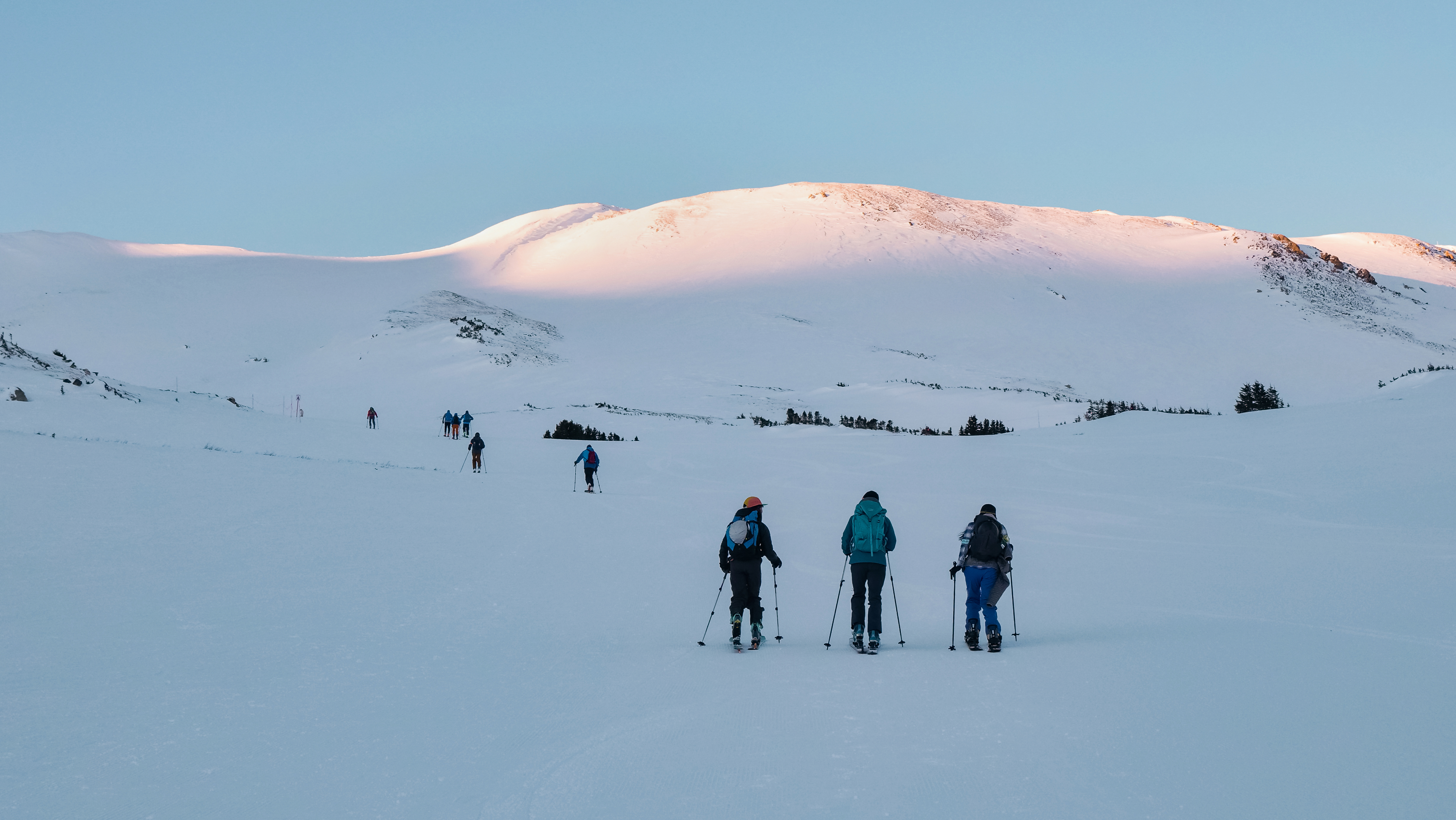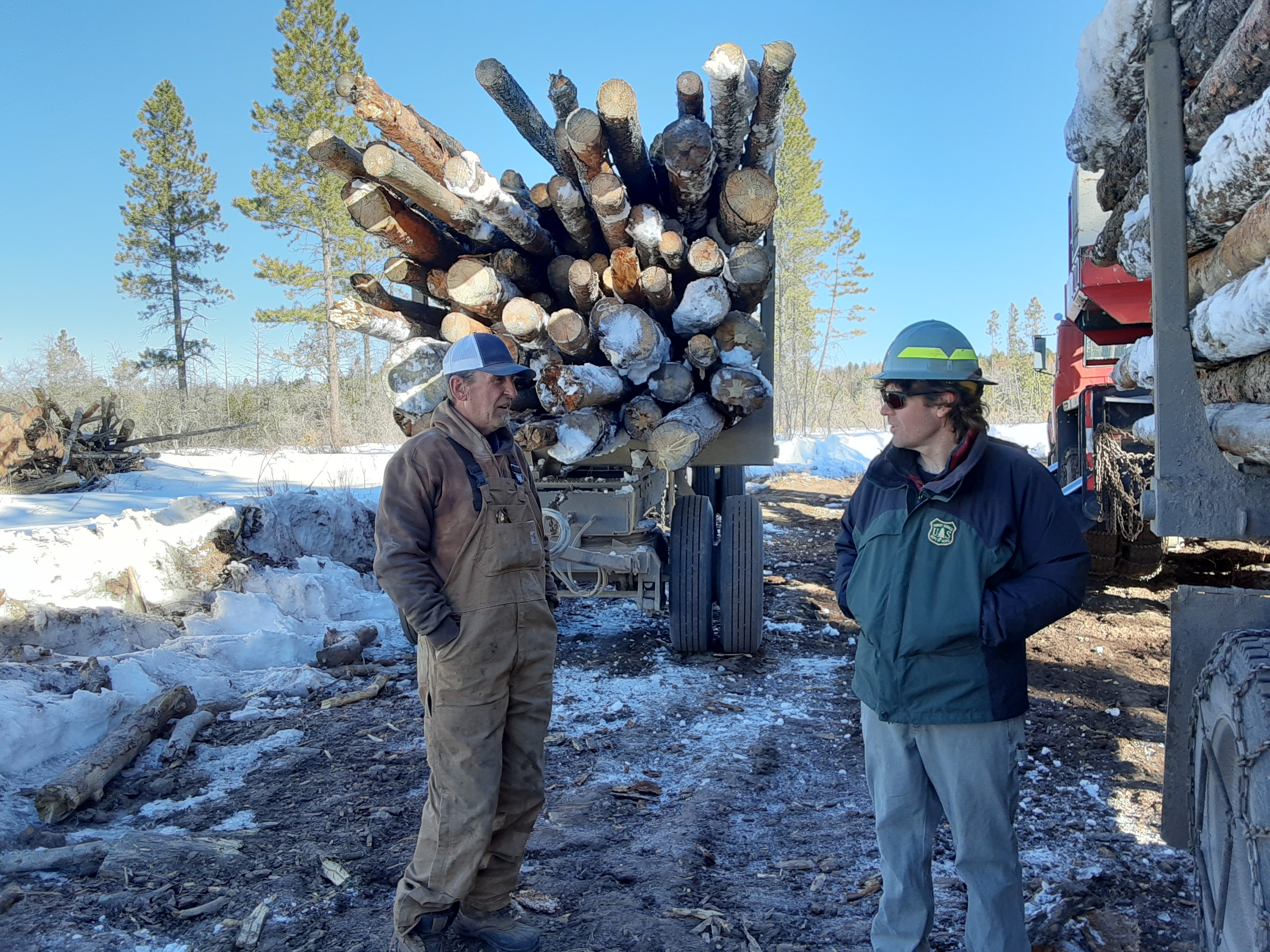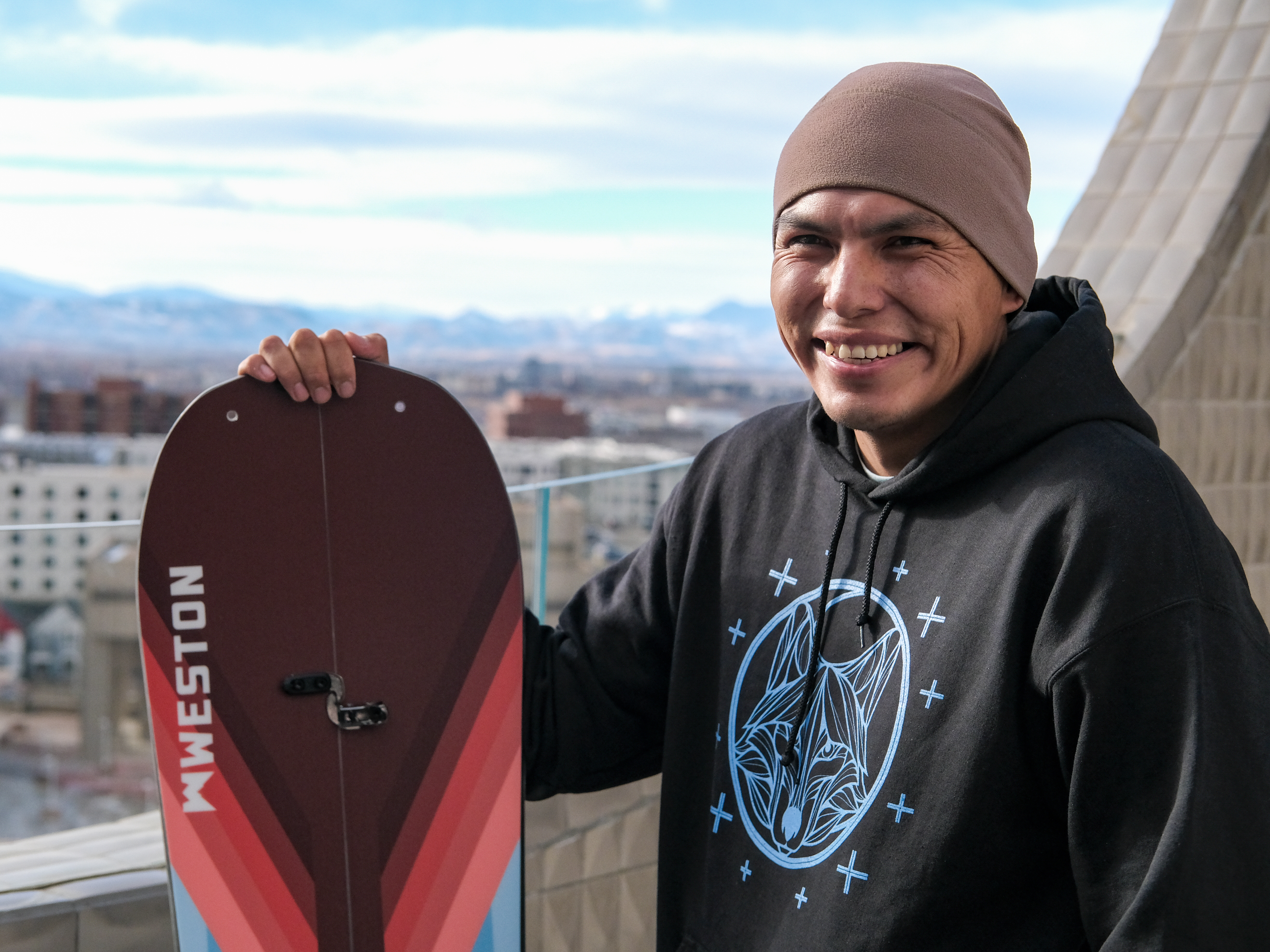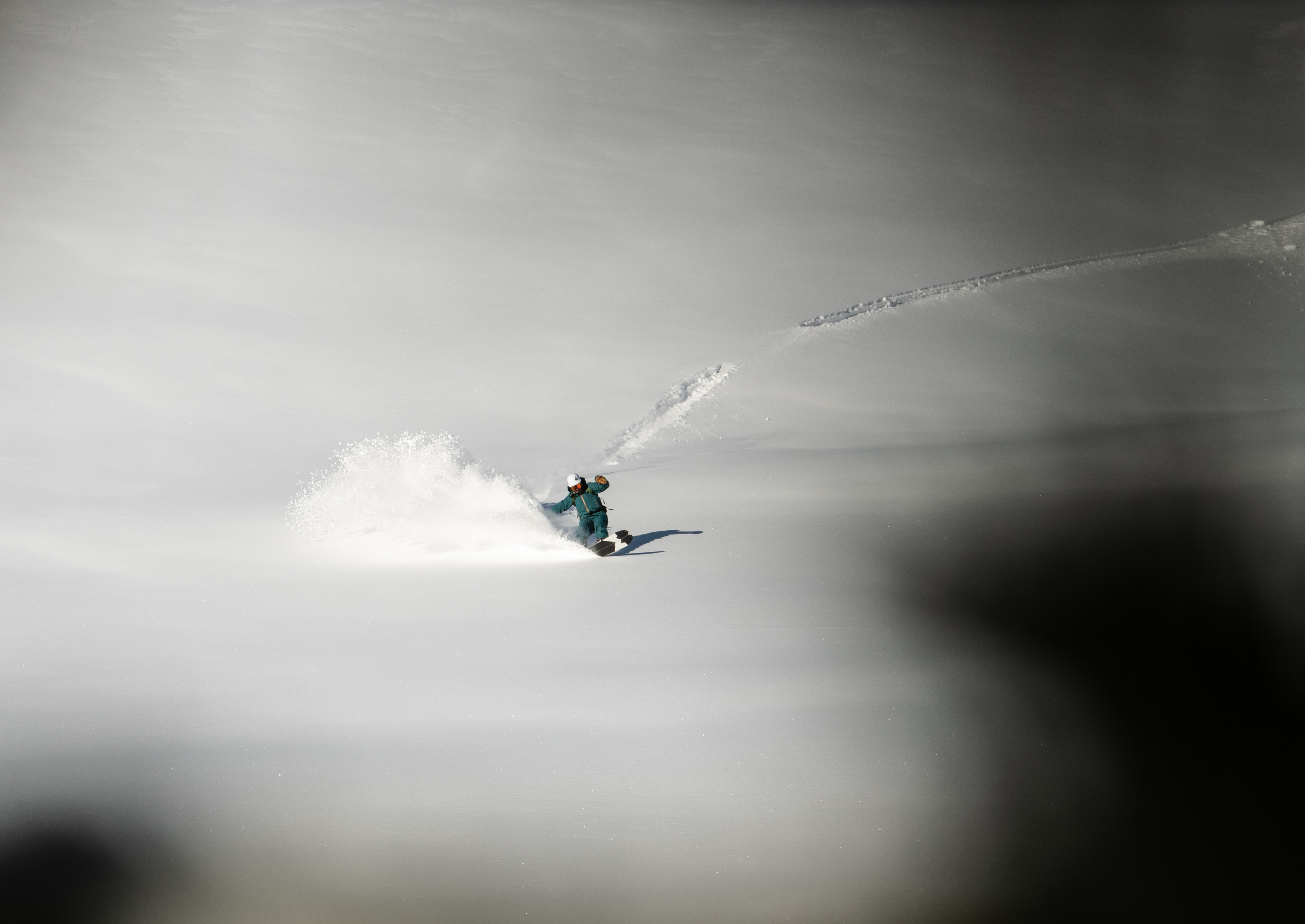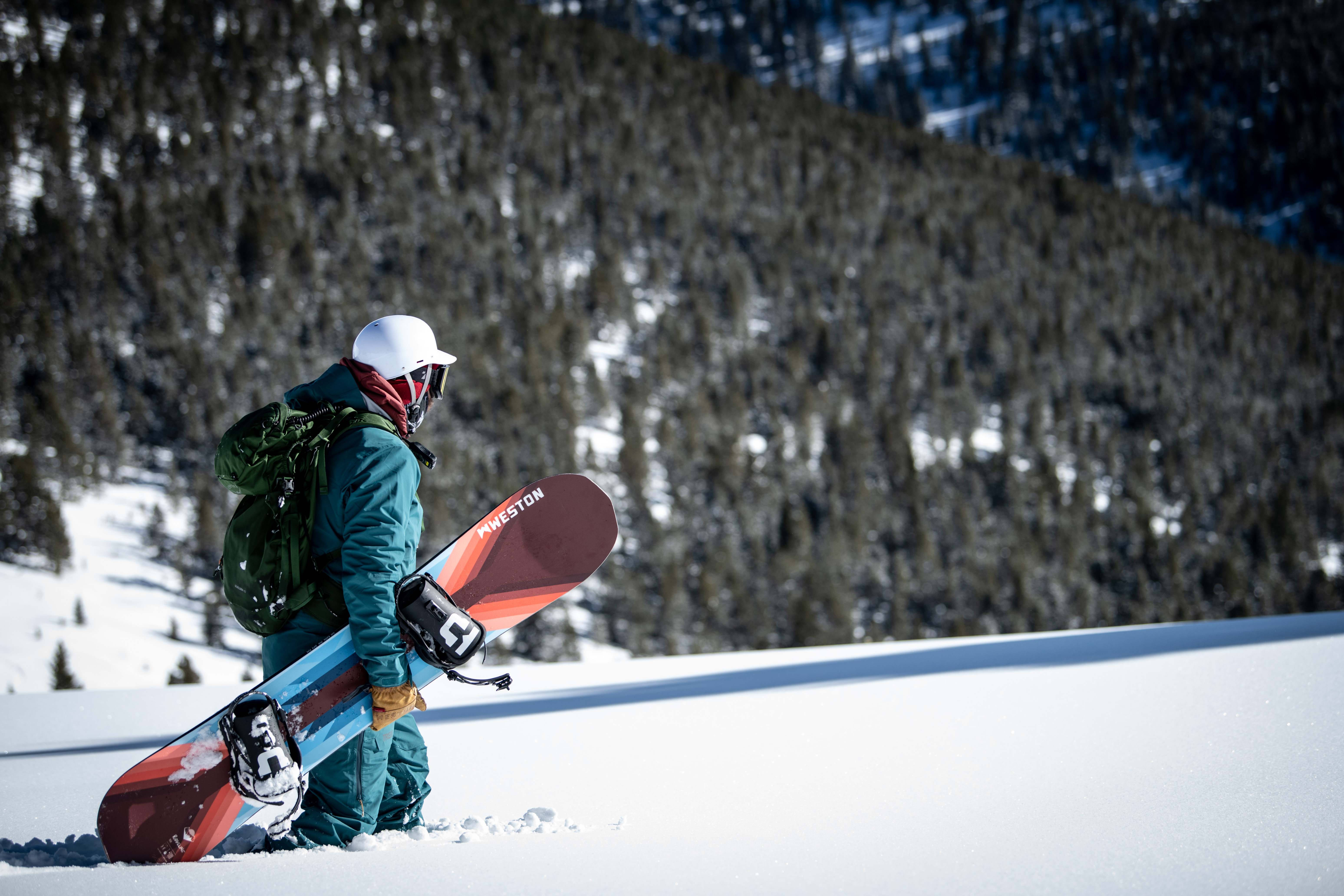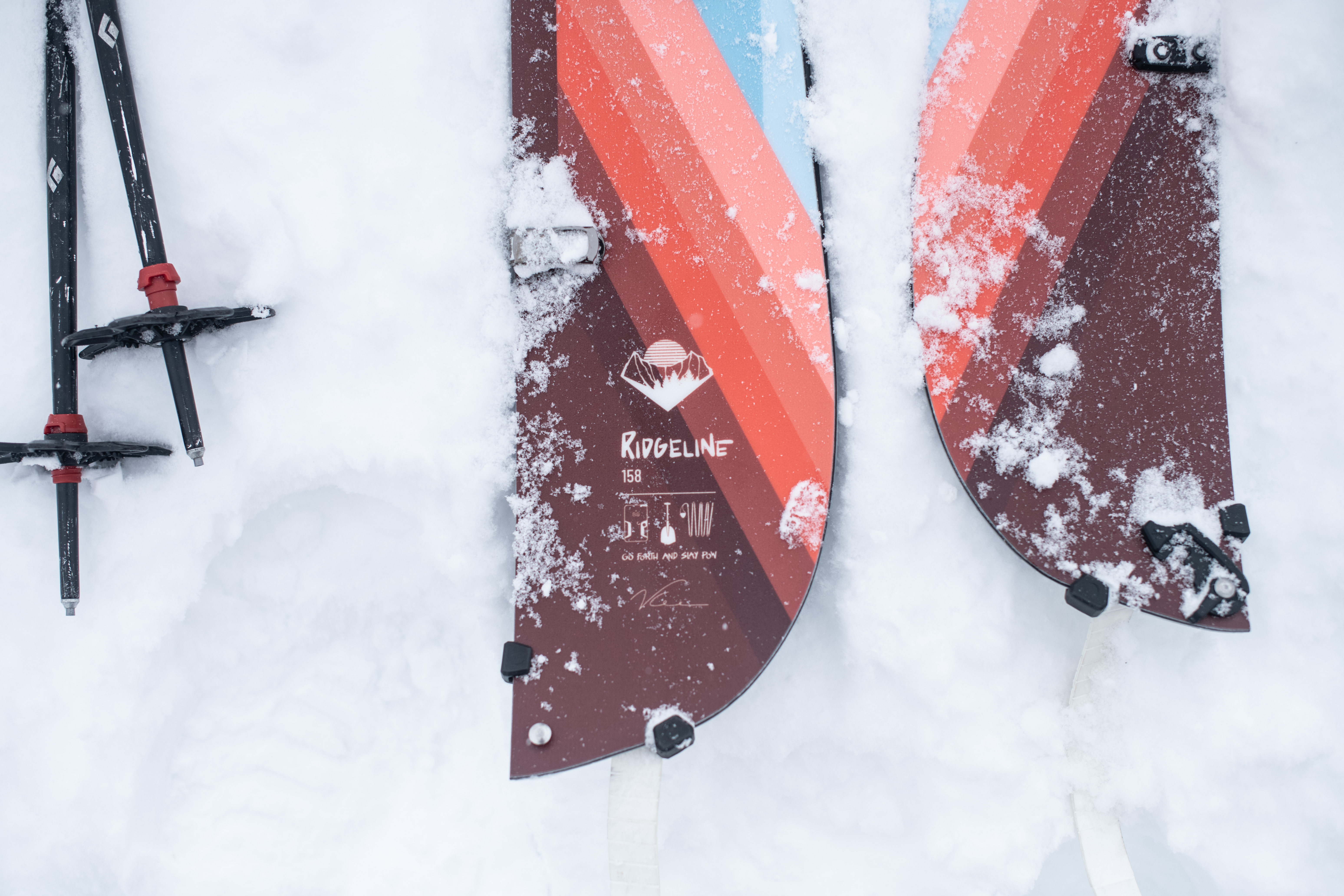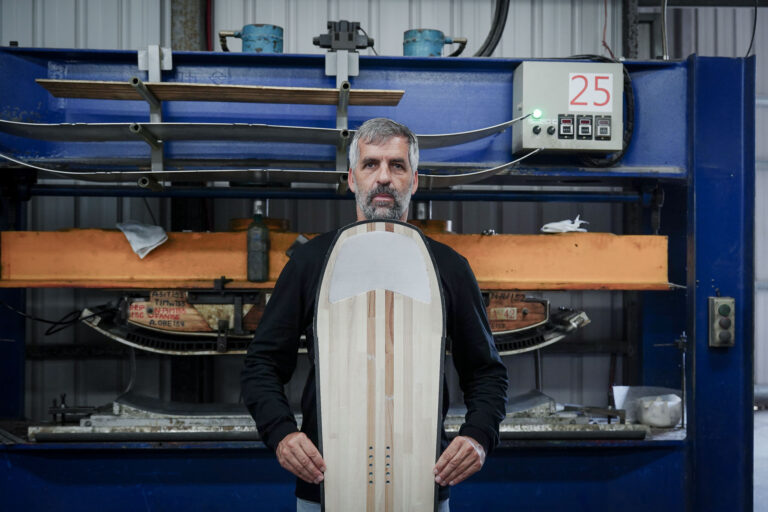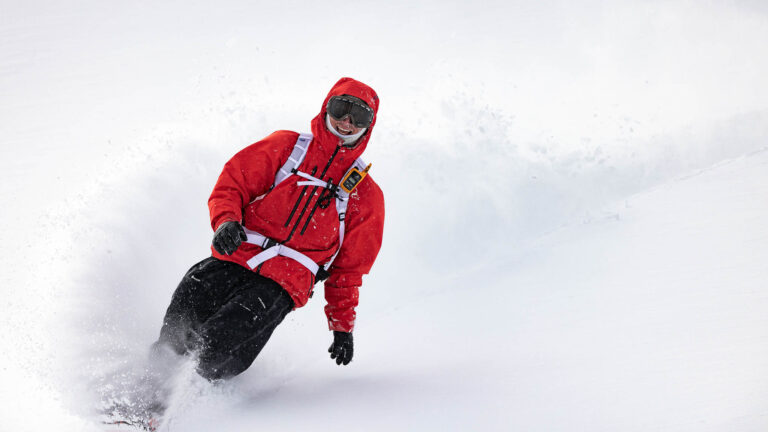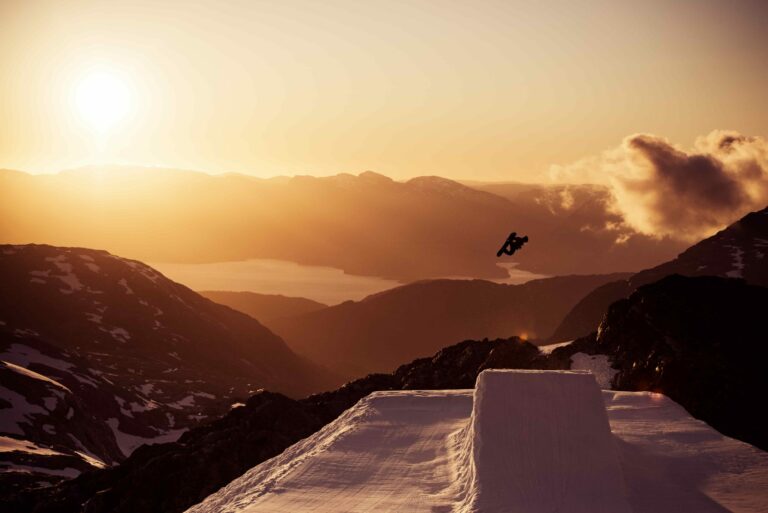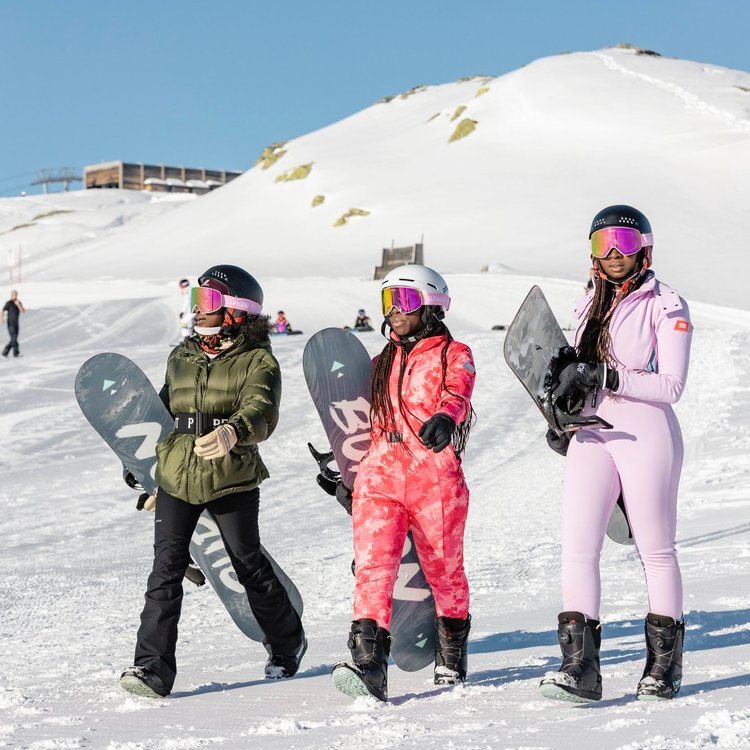Before Leo Tsuo took the helm of Weston, the Colorado-based, community-driven snowboard brand, he was a b-boy. “B-boy,” he explains, has a different connotation than “breakdancer”—the former is committed to the craft of breaking and culture of hip-hop, the latter is in it for sport.
“Purists have long since argued that snowboarding isn’t a sport at all, but rather something less tangible, more sacrosanct—a physical art form, an unconventional religion, a way of life. Introducing judging constricts creativity and reduces artists to athletes”
“Breaking is supposed to be this fully creative thing—being in touch with the music, vibing out with the people around you,” he explains. “B-boys and b-girls know the culture.” They jam at clubs, hang with DJs and MCs, immerse themselves in hip-hop. “The breakdancers,” he says, “just show up to compete.”
In the wake of the Beijing Olympics, where dizzying spins caused headaches and judging gaffes made headlines, the distinction between b-boy and breakdancer feels especially relevant to our world, reminiscent of a common debate in snowboarding. Purists have long since argued that snowboarding isn’t a sport at all, but rather something less tangible, more sacrosanct—a physical art form, an unconventional religion, a way of life. Introducing judging constricts creativity and reduces artists to athletes.
Tsuo’s b-boy philosophies, for one, carry over to his thoughts on snowboarding. While he marvels at the athletic prowess of Olympians and the progressive nature of competitive snowboarding in general, he’s more drawn to the nonconformist discipline of freeriding. “That open bowl that you just rode after a three-foot storm with a few of your homies that ditched work,” waxes Tsuo. “That’s the soul of snowboarding. Nobody is ever going to judge or define that.”
But in 2016, when Tsuo took the reins at Weston, a brand dedicated to that soulful side of snowboarding, he realized that even freeriding wasn’t free from judgment. Anyone who didn’t fit the stereotypical mould—upper-middle-class, straight, white, male—faced severe barriers to entry. The elements of b-boy culture he cherished most—the inclusivity and welcoming community—were desperately lacking.
